Terrariums - Build Your Own Ecosystem at Home
Terrariums are beautiful, glass-enclosed ecosystems that enable many types of plants to thrive. They trap heat and allow light to enter a contained space, whilst containing or promoting humidity.
You can design your own mini ecosystems or expand the types of plants you can grow with terrariums, and they make a great gift for anyone. They will add character to your interior design and are a great addition to any home or office space.
It is also relatively inexpensive to make terrariums and they are fun to make. In this blog we explain what types of Terrariums exist, why you should build one, and how to design and care for them. Let’s explore all things Terrariums...
What are the different Terrarium Types?
As part of the Terrarium hobby, there are a few different setups that are referred to by different names. These are the 3 major types:
- Terrarium: The classical Terrarium can be defined as a glass fronted box, often used to grow plants in. They can contain living animals too, such as reptiles and certain insects.
- Vivarium: Here the waters muddy a little, as technically a Vivarium can be called a Terrarium, however, a Vivarium is designed and built solely for the purpose of housing animals.
- Paludariums: Combine both terrestrial and aquatic elements in one vivarium. The Paludaria (or paludarium), as they are commonly called, are enclosed containers where organisms that need a particular biome are kept, such as Dart frogs.

Terrariums: 4 Reasons Why You Need One
There are many benefits to adding a Terrarium to your Life. Here are our Top 4 Reasons:
1. They Make a Statement!
They are a great way to add some greenery to an otherwise dull area, especially if you have a small living space or love to garden. Since terrarium plants are compact and small, they make a great decorative showpiece for your home or office and can be placed on on desks, tables, or even hung from walls.
2. Help you Grow More Specialised Plants
For tropical plants that require high humidity, terrariums are ideal. By doing so, you will be able to grow a larger variety of unique and special houseplants, than simply placing them in pots. And when designed correctly, these wonderlands are relatively easy to care for, making houseplants that need a little more attention a bit less complicated to look after.
3. Relaxing and Therapeutic
Creating and maintaining a Terrarium can be very therapeutic. Their presence will add a sense of calm and relaxation to a space. Keep one in your bedroom or a place where you like to relax and unwind. A veritable contained, living ecosystem to care for an enjoy.
4. Ideal for creating Mini Wonderland and Gifting
Creating terrariums is a wonderful way to express your own creativity. You can personalize them as a gift for someone special, or simply to enhance your decor. In addition, they are ever-changing, which makes a Terrarium a fascinating microclimate to observe.
What Plants are Suitable for Terrariums?
A variety of Plants are suitable for Terrariums, however it is important to note the size of your terrarium, and how fast the plant grows and how big the plant gets when it matures.
We recommend choosing the type of Terrariums environment you would like to build, as you can both design an Arid environment with succulents and Cacti or use humidity loving Tropical Specimens. For Example:
Succulents such as :

Tropical Plants Such as:
- Nerve Plants
- Polka Dot Plants
- Begonias
- Ferns: Birds Nest, Maiden Hair Ferns
- Peperomia : String of Turtles, Baby Rubber Plant, Roundleaf Peperomia
- Peace in the Home
- Calathea and Prayer Plants
- Lace Fern
- Arrowhead Vines - Pixie forms
- Miniature Orchids
- Dischidia
- Carnivorous Plants
For more options have a look at our Terrarium Plants Here.
Where to Place a Terrarium in Your Home?
Terrariums are great because you aren't limited to places with natural light. In most cases, you can replace lighting with LEDs, aquarium lights, or grow lights, so you can create an ideal terrarium statement almost anywhere.
The choice of plants will determine the area in which you can place your Terrarium. Succulents and cacti will require brightly lit spaces. Whilst tropicals will prefer warmth, yet can be happy with medium light.
Placement in low light areas is not recommended.
Tools needed to Build a Terrarium
Here is a list of basic items needed for building, designing and maintaining a plant terrarium:
- An Empty Terrarium or Glass Container, such as an old bottle or Jar.
- Rubbing alcohol and a Paper Towel.
- Stones or Leca to create a drainage layer.
- A well draining and slightly Moisture Retentive Medium for Tropicals or a Cactus Soil for succulent plants.
- A piece of Gauze, Shade net, weed blocker or Windowscreen for creating a barrier between the stones and soil, to avoid allowing soil to sink down.
- A Pair of Sterilised Scissors for trimming back roots or cleaning up foliage. TIP: Use excess Material Shopping bags as lining (eg: Woolies bag, as they are porous and will let water drain through readily).
- Moss, as a non-essential, but interesting addition.
- Terrarium suitable Plants that are dwarf varieties, grow slowly or won't overgrow your Terrarium too quickly.
- Spoon or Potting Scoop for placing soil.
- Long tweezers or Chopsticks for placing plants in hard to reach corners.
- Decorative Items such as Sticks, rocks, crystals or ornaments.
- Mister or Spray Bottle, to raise the humidity
- Water, to settle the repotting, and hydrate the plants.

How to Build a Terrarium?
Building a Terrarium is fun and easy! There are just a few a simple steps to take to create your own thriving ecosystem.
Step 1: Choose your Container
You can purchase a ready-made empty Terrarium, or use everyday items around the house such as vases, fishbowl, jars and bottles. Just be sure the opening is wide enough to get your plants inside. Choose a container that lets plenty of light through.Step 2: Get your Equipment ready
Have all your items prepped and ready at hand to start creating your design. This includes your plants and ornamental decorations, such as stones.
Step 3: Clean your Terrarium
Wipe down the glass with the paper towel and rubbing alcohol, inside and outside, to remove any finger prints or dirt. You also want to avoid having any old foodstuffs or pathogens inside your new ecosystem, before you start.Step 4: Start off with a layer of Pebbles
This layer should be around 2 - 3 cm thick. This layer acts as a drainage layer, allowing any excess water to drain away from the growing medium. This prevents the soil from getting soggy and assists with humidity, whilst additionally acting as a water reservoir.Step 5: Line with Gauze
Line the pebble bed with your chosen permeable non-biodegradable sheeting, e.g. gauze, shade net etc. This layer is there to prevent the potting medium from slipping down into the reservoir, which would create a muddy mess.Step 6: Top with a layer of Potting medium
Just a thin layer for now will do, it is to hold the sheeting in place. The rest will be added once plants are placed.
Step 7: Ready your chosen Plants
Remove your plants from their pots and loosen up the roots, some plants may have very long root systems that can be slightly trimmed back with your sterilised scissors. Place your plants in the Terrarium, rearranging to fit the aesthetic you wish. Take a moment to decide if you want your terrarium to be viewed from all sizes, or from one side predominantly.
If you want to view it from right around, be sure to put your tall growing plants in the center. Though if you choose to view it from one side, be sure to place large plants at the ‘back of the terrarium, creating layers with different heights of plants and textures.
Step 8: Fill in with the remain Potting Medium
Top up the terrarium with the remaining Potting Medium, covering any exposed roots. You can also use this opportunity to gently press down the soil to secure the plants in their place. If you would like to add “geological strata”, consider adding layers of soil and tiny coloured crushed stone chip.Step 9: Decorate
If you have selected to add extra ‘hardscaping’, place these in your terrarium now. You may choose some bark, some larger stones, or even small ornamental ceramics, e.g. a token garden gnome.Step 10: Give your Terrarium a drink, and Spritz it down.
Water your terrarium, and give all the plants a spritz down with the mister or spray bottle. This helps settle in your plants as well as raise the humidity. If you are building a succulent terrarium, watering is enough. No need to mist.
Voila! The Terrarium is now ready to be placed near a brightly filtered window or under artificial lighting such as an LED lamp.

Terrarium Maintenance
Terrariums are easy care and pretty much self sustainable. However, basic maintenance will need to be done to keep the Terrarium looking its best.
What type of terrarium you have, open or closed, and what type of plants you are growing, will determine how often you need to check on your wonderland.
Open Terrariums
These we recommend checking in on daily, if you are growing tropical plants, to help keep up humidity. As part of your morning routine we suggest spritzing your terrarium, to help build up humidity that should last the day.
For watering, check in once a week during the warmer months of Spring and Summer and less often in Winter. You’re looking to ensure that the potting medium is evenly moist. Water to achieve this effect.
Succulent Terrariums on the other hand, may only need to be watered once every 2 weeks or so in the warmer months of Spring through Summer, and less often in Winter. Remember to allow succulent Terrariums to dry out well between each watering.
Closed Terrariums
Terrariums that are closed maintain their humidity levels more consistently, and require spritzing every two to three days, depending on the temperature. Approach watering in the same way as Open Terrariums. Check in regularly, and be sure to water if the soil is looking a little dry.
General Maintenance Tips
Check in on these general maintenance tips, applicable to all Terrariums:
- Pruning: Regularly trim back and prune any plant that may be becoming unwieldy or shading out other plants.
- Remove Debris: It is important to remove any rotting or excess fallen foliage, as this is a great place for pests to hide.
- Pests: Terrariums are not often Pest prone, however, outbreaks can occur. Thus, regularly check for any pest infestations, and treat immediately with an organic Pesticide, and monitor until the Pest infestation has subsided. For further reading on identifying and treating Pests, click here.
- Replace or remove Plants: Plants have a limited lifespan and may occasionally die or grow too big for the Terrarium. You can try something different by replacing the plants with something new and exciting.
Terrariums are a fantastic addition to any home, and a great way to express your creativity with houseplants. Watching them grow is very gratifying, as you nurture a veritable contained ecosystem. Follow us on Instagram for more top Terrarium and other Plant Tips!









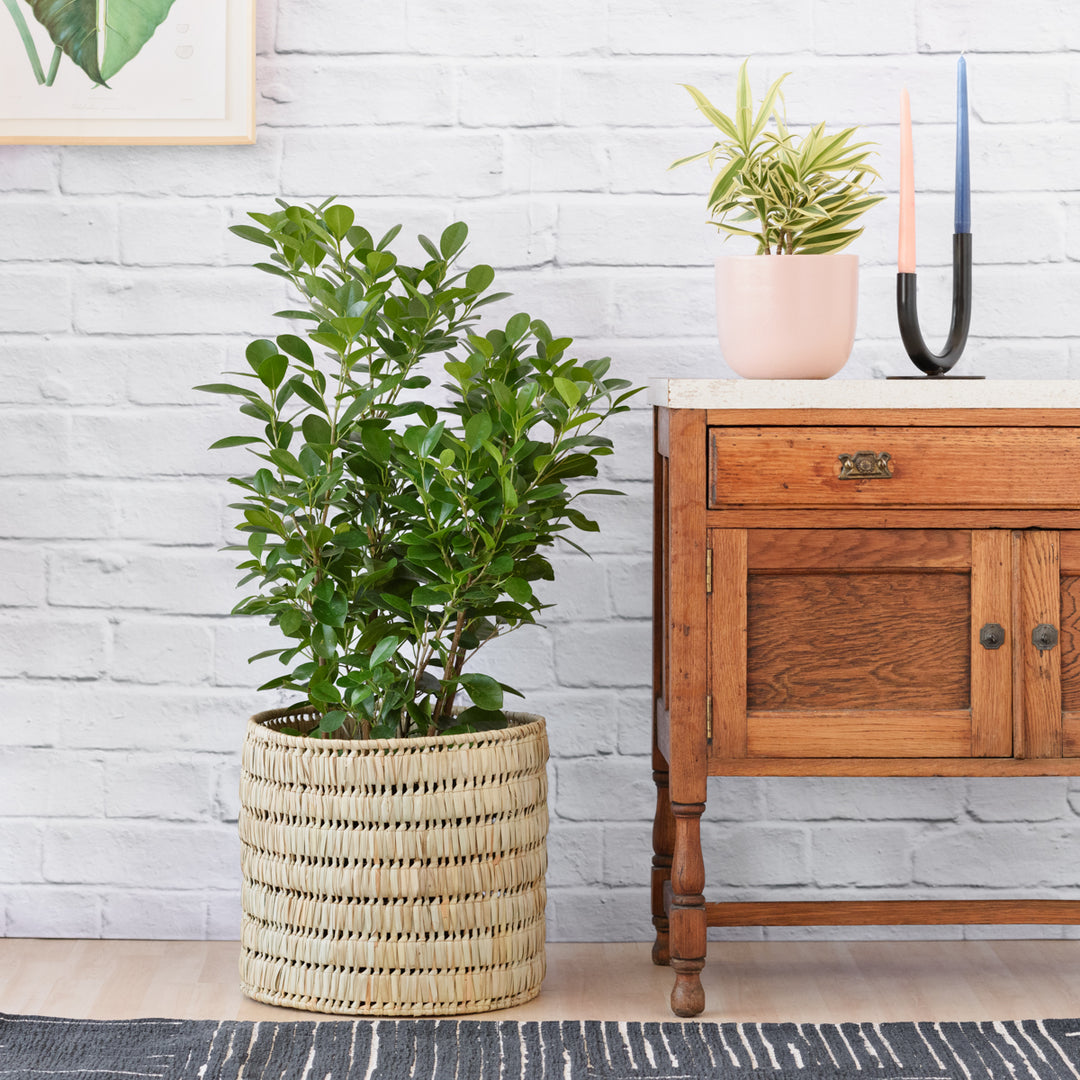
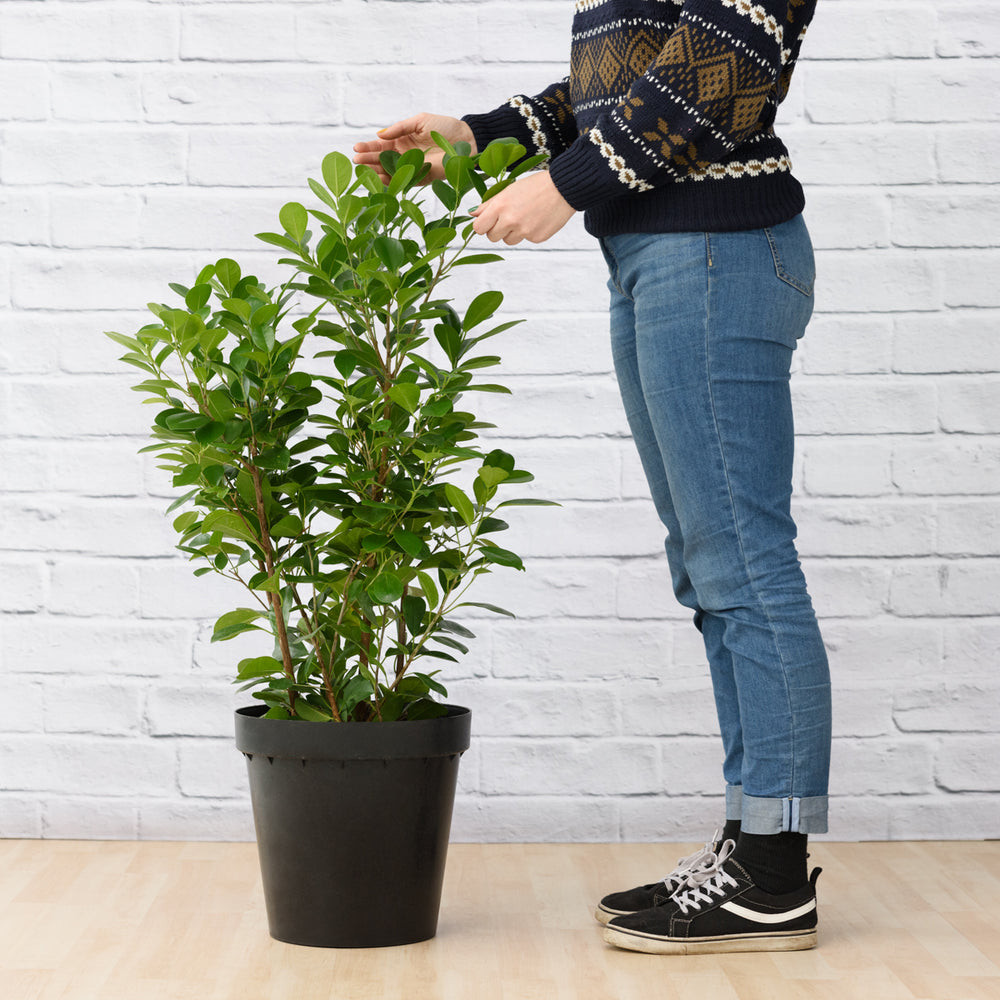
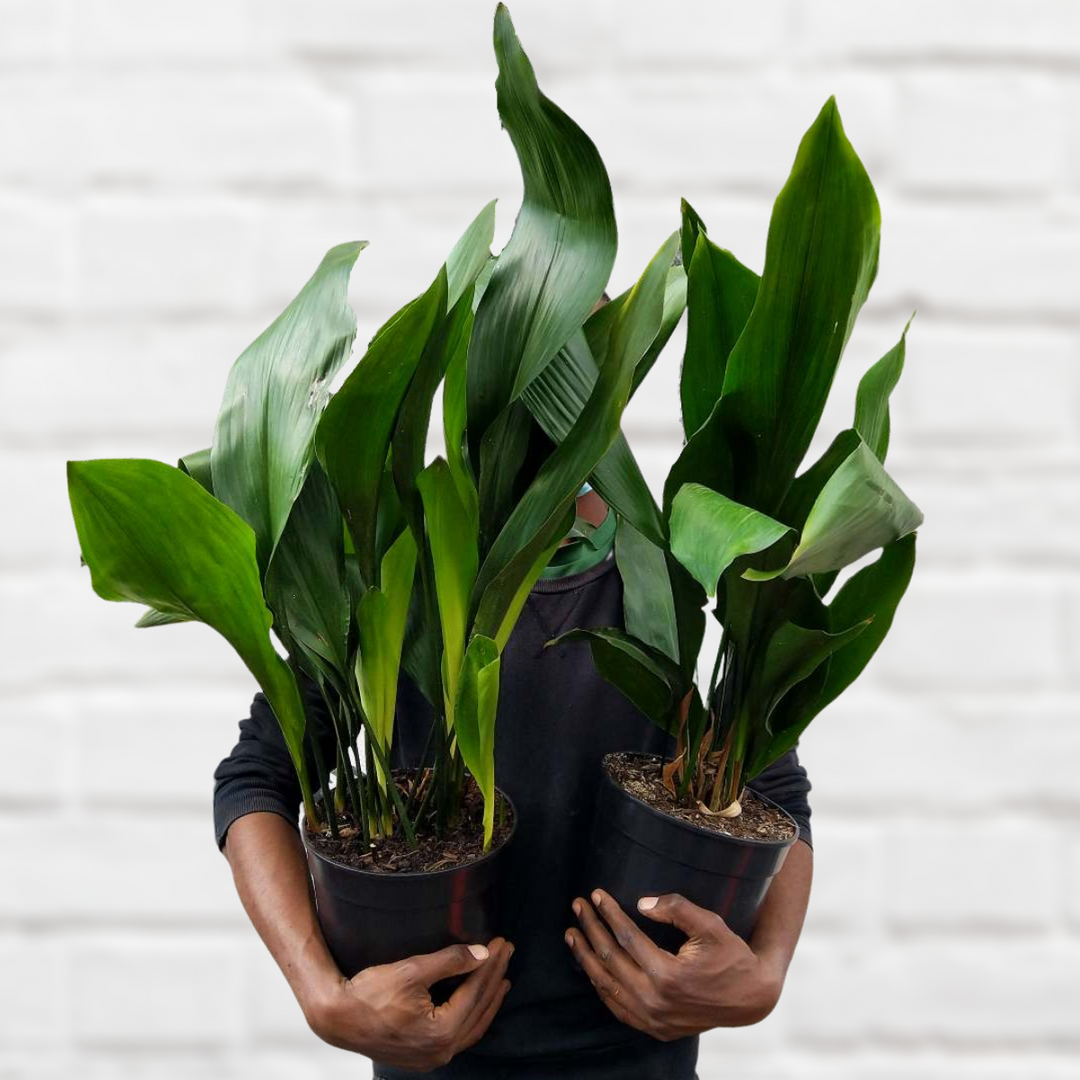
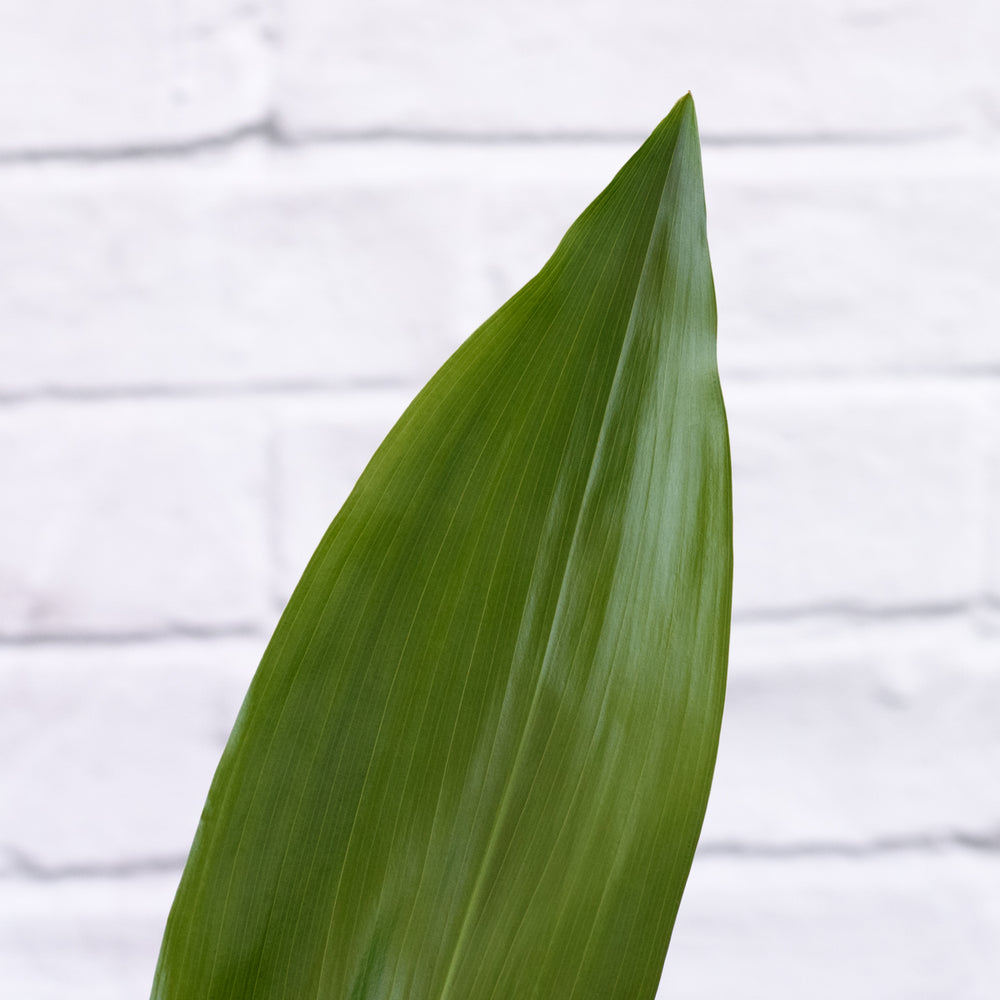
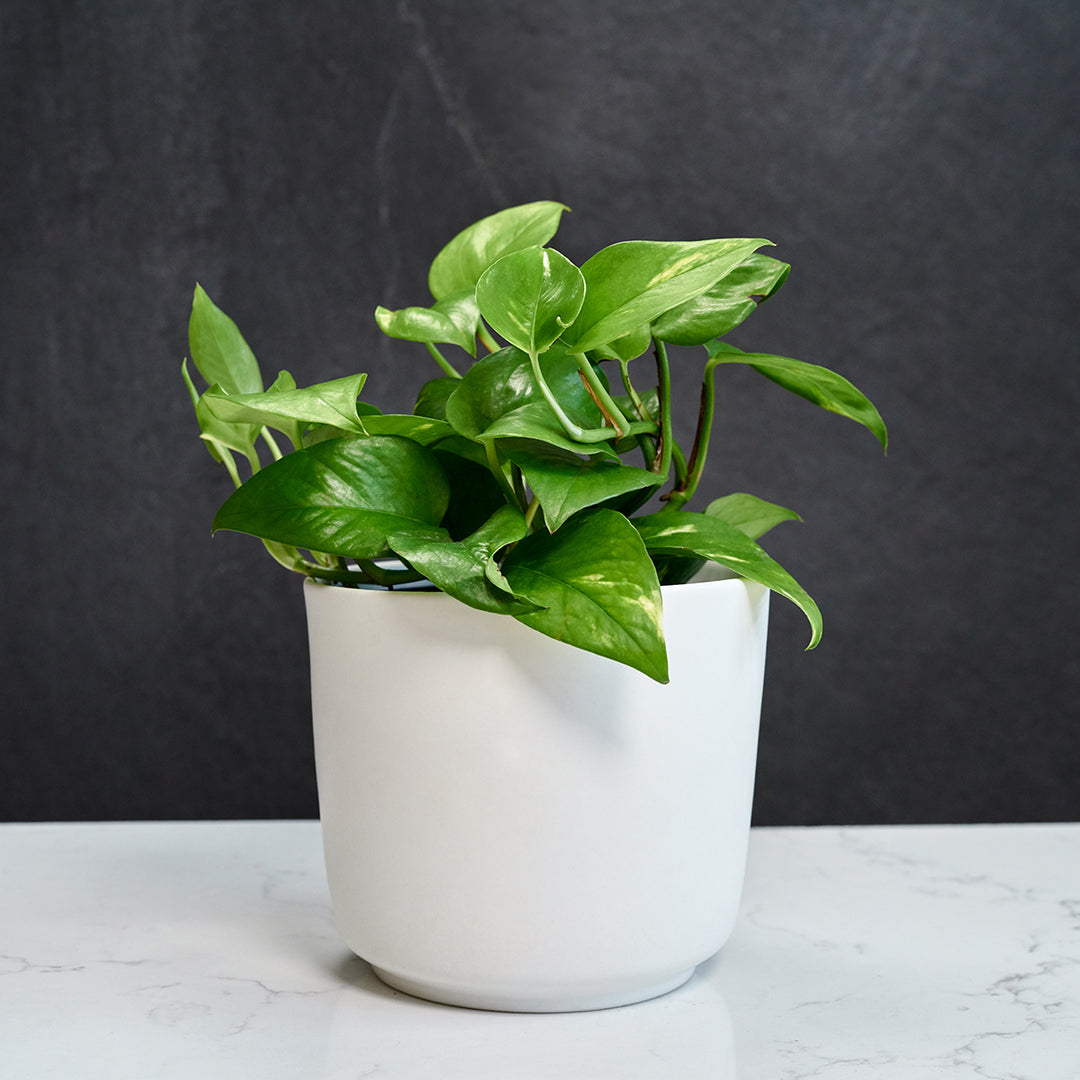
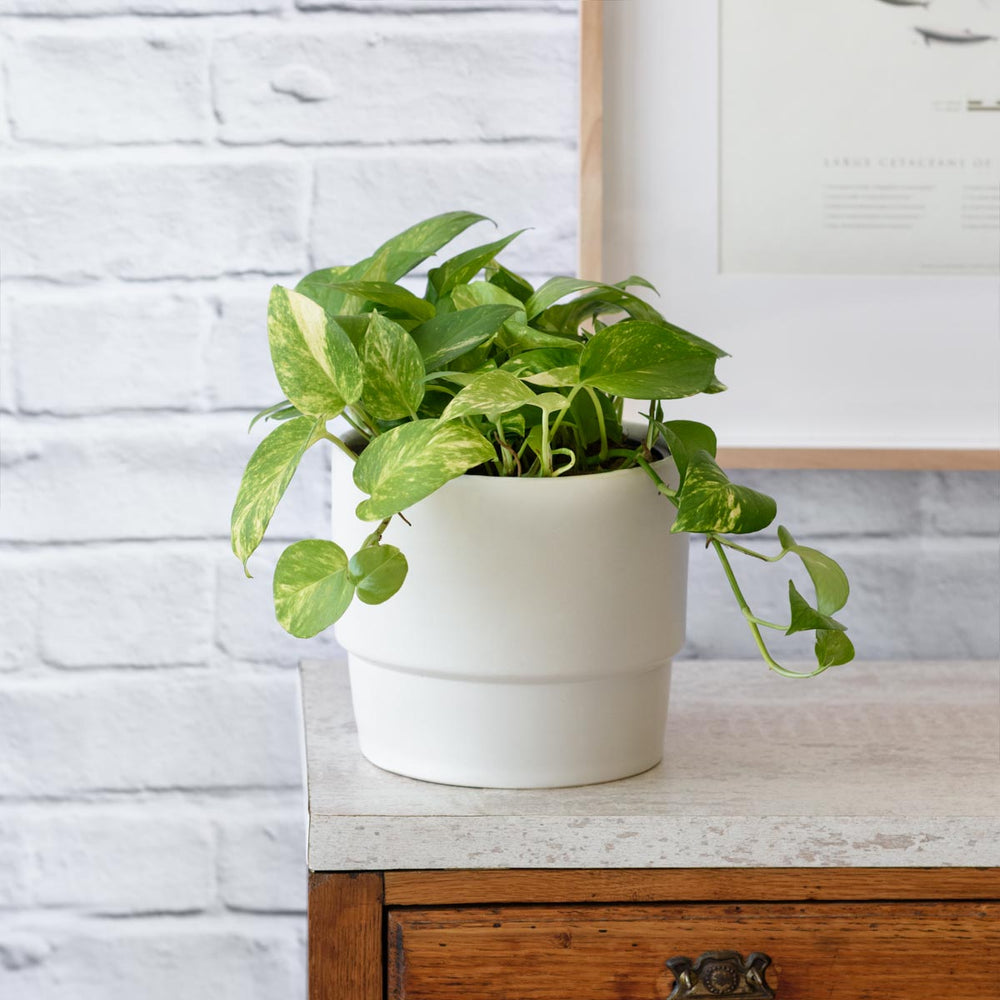
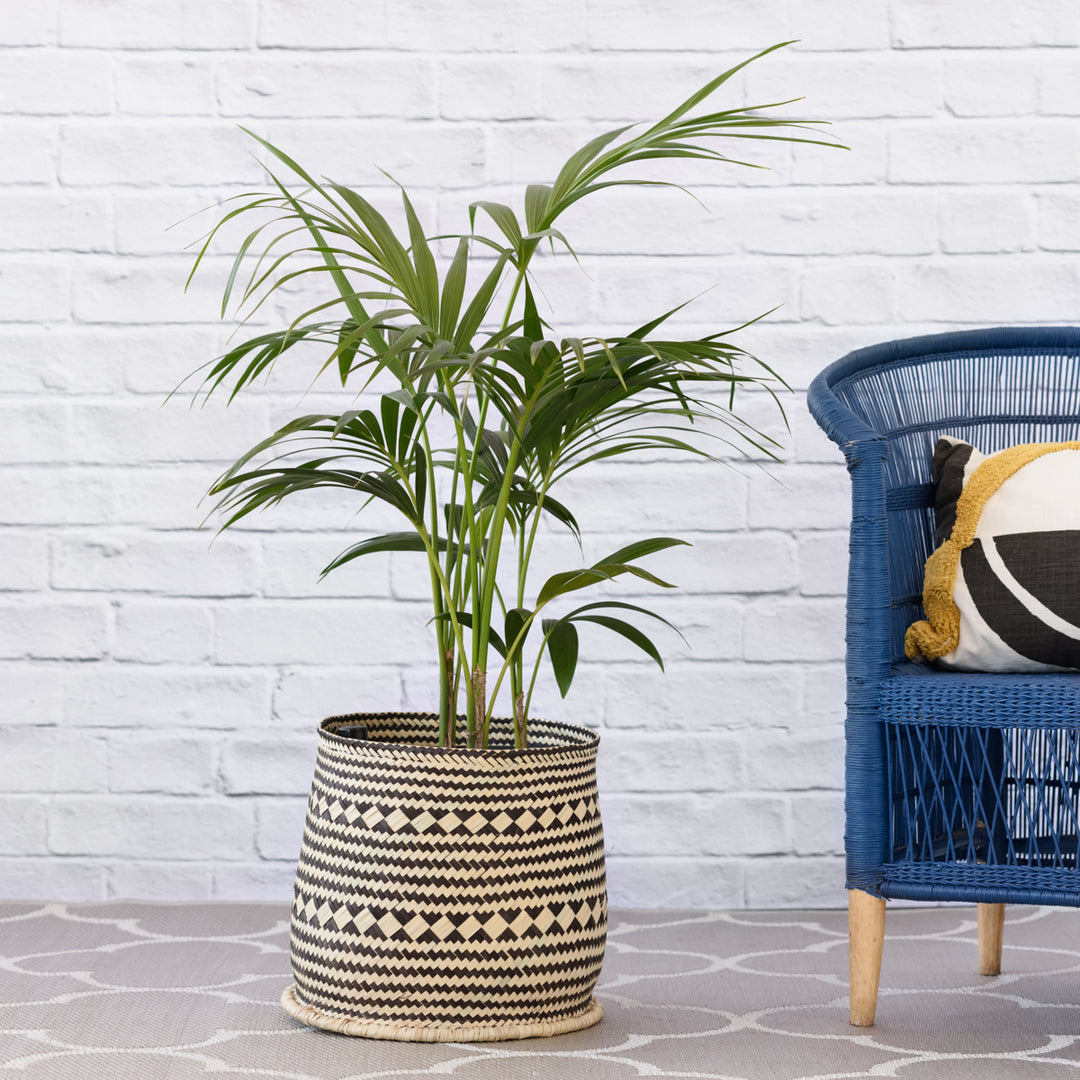
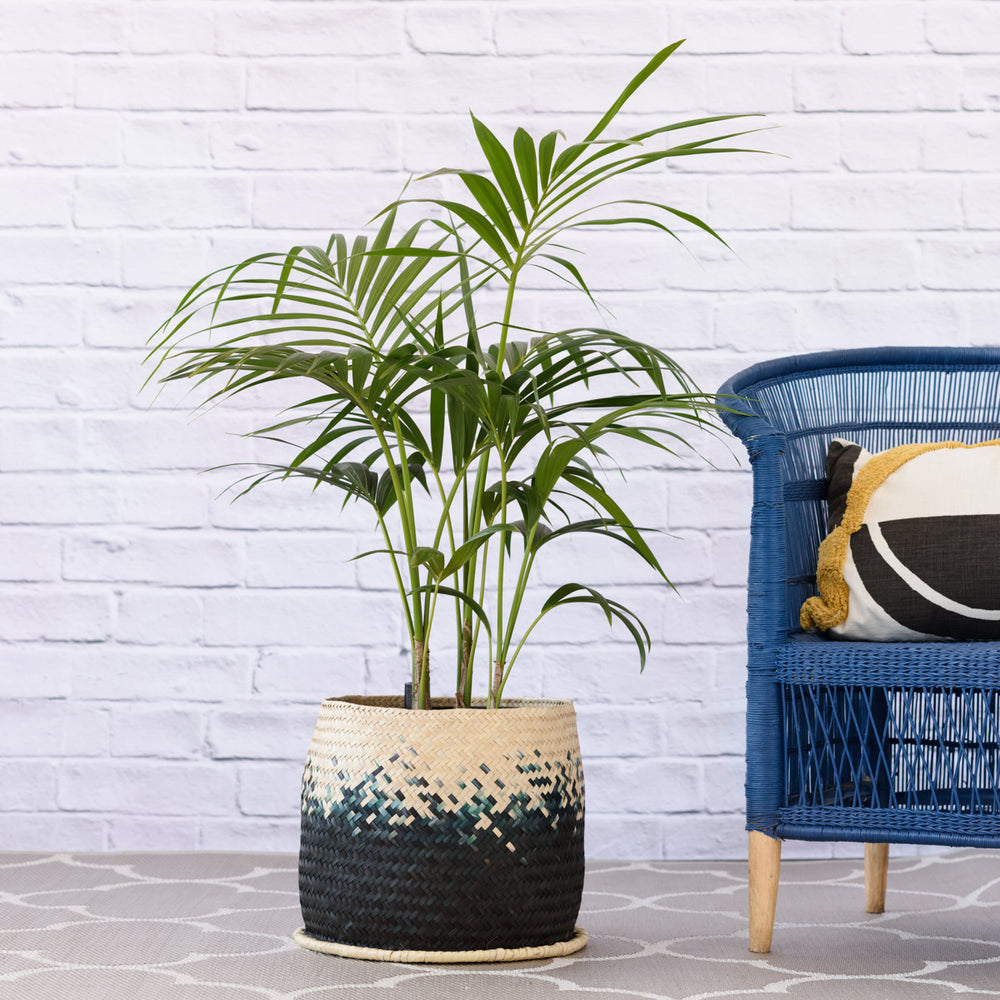


Leave a comment